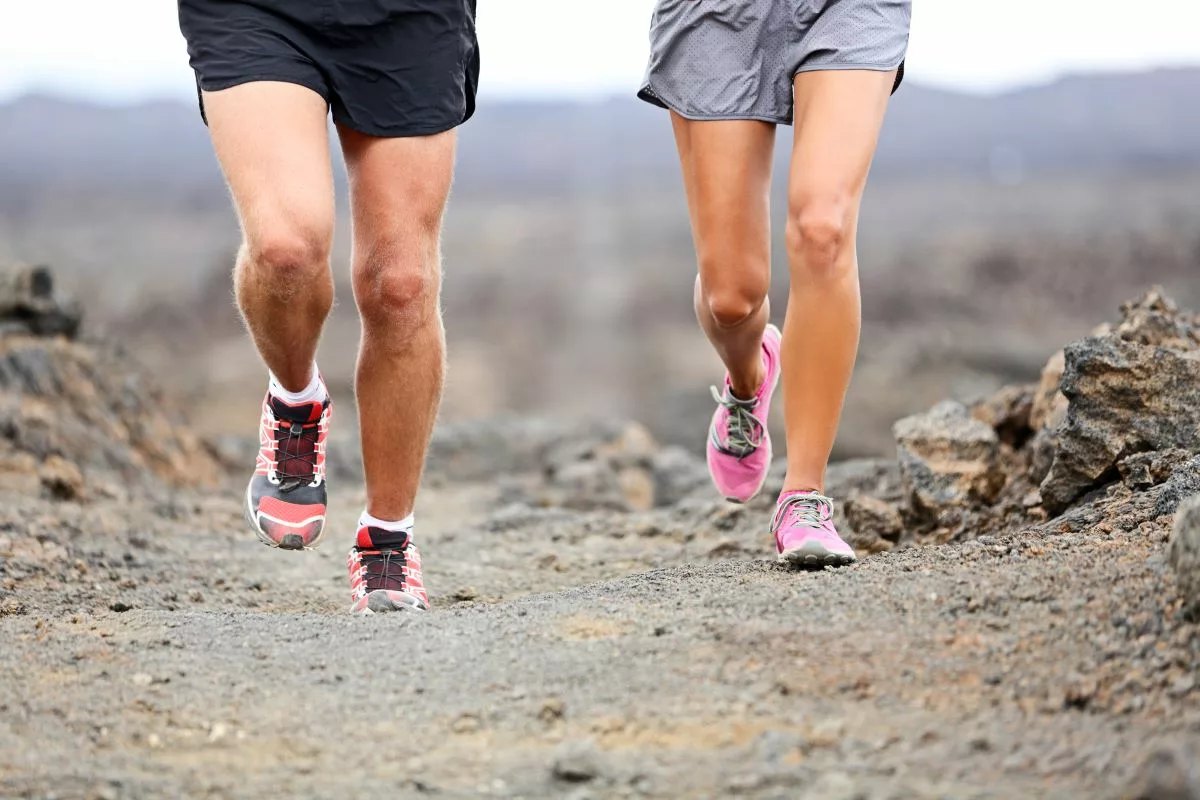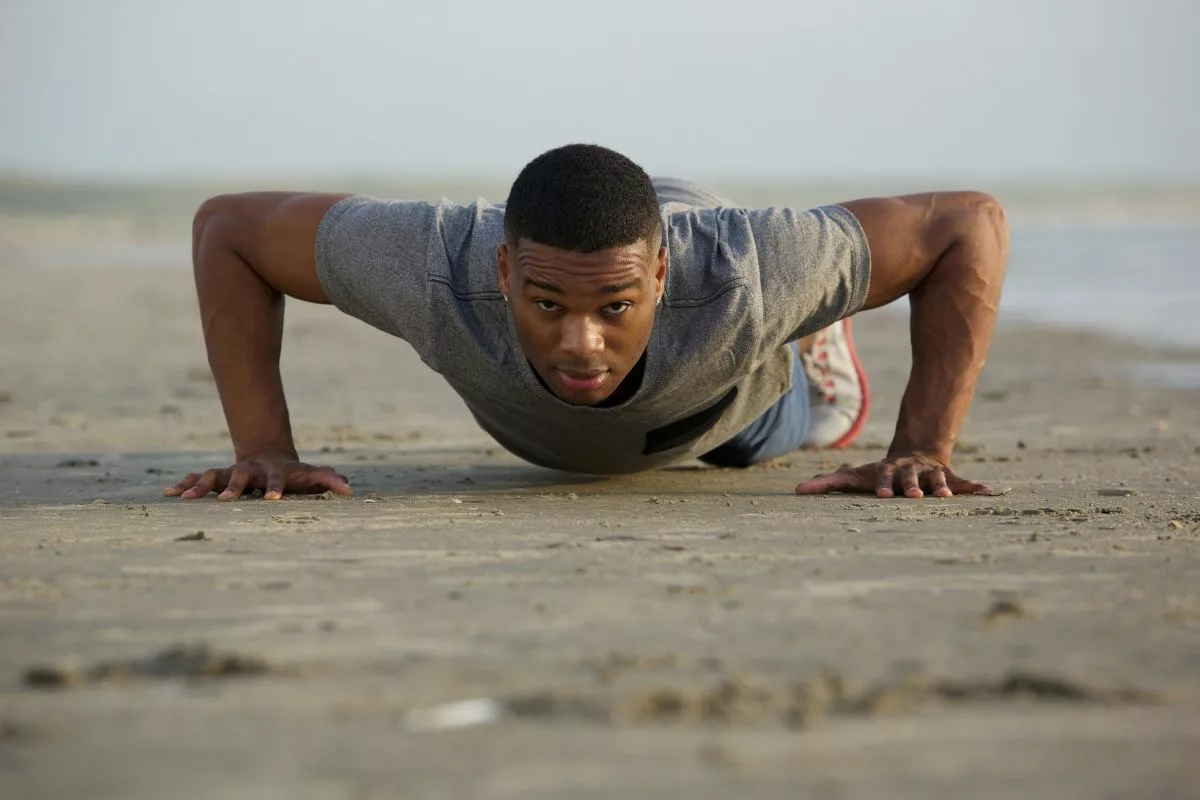
Welcome to a journey towards healthier, happier legs! Varicose veins, those twisted veins that often appear on our legs, might seem like a cosmetic concern. However, they can significantly impact our leg health. In this article, we'll explore how you can manage varicose veins through fitness. With some changes in your lifestyle, you will ensure your legs stay in top shape. So, let's dive in and discover the secrets to healthy legs!
Understanding Varicose Veins
Before we delve into the strategies for managing varicose veins, let's understand what they are. Varicose veins are enlarged, swollen veins commonly occurring in the legs and feet. They develop when the valves in the veins, which are responsible for preventing blood from flowing backward, weaken. Consequently, blood pools in the veins, causing them to swell and become visible.
Causes and risk factors
Varicose veins can be attributed to a combination of factors, including the following:
- Genetics
- Sex
- Hormonal changes
- Sedentary lifestyle
Symptoms and signs
Common symptoms of varicose veins include:
- Throbbing or aching pain
- Itching
- Heavy or restless feeling in the legs
You might notice the veins appearing dark purple or blue and becoming more prominent over time. If left unmanaged, varicose veins can lead to complications such as ulcers or blood clots. People with varicose veins in El Paso should consult a vein specialist to prevent future complications.
Fitness for Healthy Legs
When it comes to managing varicose veins, fitness plays a crucial role. Engaging in regular exercise has many benefits to vein health, including the following:
- Improves circulation
- Alleviate symptoms of vein diseases
- Lower the risk of blood pooling in the veins
Low-impact exercises for varicose vein management
Low-impact exercises are gentle on the joints while effectively enhancing circulation. Great options include:
- Walking
- Swimming
- Cycling
These activities help strengthen the calf muscles, which assist in pumping blood back to the heart.
The following section outlines a sample exercise routine tailored to manage varicose veins.
Exercise Routine for Varicose Vein Management
Maintaining an exercise routine can do wonders for your leg health, especially when dealing with varicose veins. Incorporate these exercises into your weekly regimen to promote better circulation and alleviate symptoms.
Aerobic Exercises
Aerobic exercises get your heart pumping and improve cardio-respiratory endurance. Engaging in regular aerobic activity can strengthen your cardiovascular system and improve circulation.
Brisk Walking
Walking is a simple yet effective exercise that you can do almost anywhere. Aim for at least 30 minutes of daily walking.
Swimming
The buoyancy of water reduces the impact on the joints while providing a great cardiovascular workout.
Cycling
Outside or on a stationary bike, cycling engages the leg muscles and boosts circulation.
Strength Training
Building muscle strength helps support your veins and lower blood pressure. Focus on exercises that target the lower part of the body.
Leg Raises
Lie on your back and raise one leg at a time, keeping it straight. Alternate between legs for a set of repetitions.
Squats
Squats are a simple exercise that works your thighs and buttocks muscles. Perform squats with proper form to avoid strain.
Flexibility and Stretching
Maintaining flexibility can ease tension in the muscles and encourage healthy blood flow.
Calf Stretches
Gently stretch your calf muscles by placing one leg behind you and pressing your heel into the ground. Hold for 20-30 seconds on each leg.
Yoga
Specific yoga poses like the Downward Dog can enhance flexibility and promote circulation.
Lifestyle Adjustments for Managing Varicose Veins
In addition to exercise, making mindful lifestyle adjustments can contribute to better leg health.
Healthy diet and hydration
A fiber-rich diet, antioxidants, and nutrients support overall vascular health. Foods like oily fishes, leafy greens, and citrus fruits are beneficial. Stay hydrated to maintain a healthy metabolism.
Avoid prolonged sitting or standing
If your job requires long periods of inactivity, take regular breaks to stretch your legs and promote circulation.
Elevate legs and take regular breaks
Elevating your legs above the level of your heart a few times a day can help reduce swelling. During breaks, take a short walk to keep blood flowing and manage varicose veins.
Conclusion
Incorporating fitness and lifestyle changes into your routine can go a long way in managing and maintaining healthy legs. By combining exercise with lifestyle changes, you're taking proactive steps towards managing your varicose veins and enhancing your leg health. Remember, every positive change you make contributes to your well-being, so embark on this journey with determination.
Follow me down the rabbit hole!
I'm Alice and I live with a dizzying assortment of invisible disabilities, including ADHD and fibromyalgia. I write to raise awareness and end the stigma surrounding mental and chronic illnesses of all kinds.
Dr. Wilson graduated from Rosalind Franklin University of Medicine and Science and completed her residency in Internal Medicine at Advocate Good Shepherd Hospital in Barrington, IL. Dr. Wilson specializes in providing culturally competent and trauma-informed care to patients with physical disabilities. In addition to her private practice, she works as a science communicator, teaching health literacy to middle school and high school students in her local school district.









